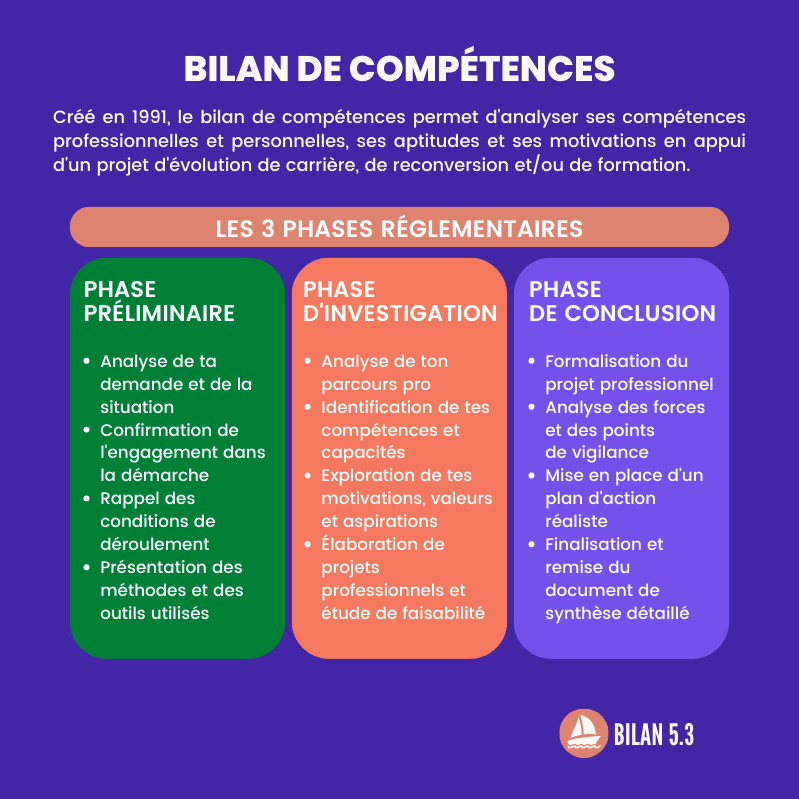Hypomineralization of molars and incisors (MIH) affects the enamel of the teeth, which are more fragile, and stains appear on the molars or incisors concerned. In France, it affects between 15 and 18% of children aged 6 to 9.

Agathe is a cheerful 7-year-old girl, but at school, her classmates are not always kind. “Some people say I don’t brush my teeth,” she tells the France 2 teams who filmed it. Stains on her teeth are at the origin of these mockeries, because the little girl is suffering from hypomineralization of the molars and incisors (MIH). This disease was discovered in the mid-1970s according to the Union of female dental surgeons. Today, between 15 and 18% of children aged 6 to 9 are affected, but many are undiagnosed.
More fragile teeth
MIH affects at least one of the first molars, or even all 4 in some cases, and also attacks the incisors. It is identified by the spots it leaves which are between white and yellow-brown and whose size can vary according to the individual. It is necessary to wait for the appearance of the permanent dentition to be able to spot the disease, which is why children are often diagnosed around 6 years old.
When a tooth is affected, it is more sensitive, more fragile and more prone to cavities. It is possible to treat MIH by applying fluoride varnish to the dentition or by restoring the lesions, using materials such as composite resin. These techniques make it possible to strengthen the enamel of the tooth, which becomes less sensitive to aggressions external (hot/cold, mastication, etc.).
Uncertain origins
For now, we do not know the exact origins of the disease, several hypotheses have been put forward. The gathering of associations “Environment Health Network” (RES) implicates endocrine disruptors: exposure to bisphenol A (BPA) during pregnancy could be the cause of MIH according to some studies conducted on rats.
Better inform dentists
In the case of Agathe, a resident of Agen, her mother had to travel 150 kilometers to find a dentist capable of treating her. This is the problem frequently encountered by parents of affected children: in some regions, it is difficult to find a dentist capable of diagnosing the disease and assigning adequate care. However, if well cared for, MIH no longer presents any danger to the child.
.















